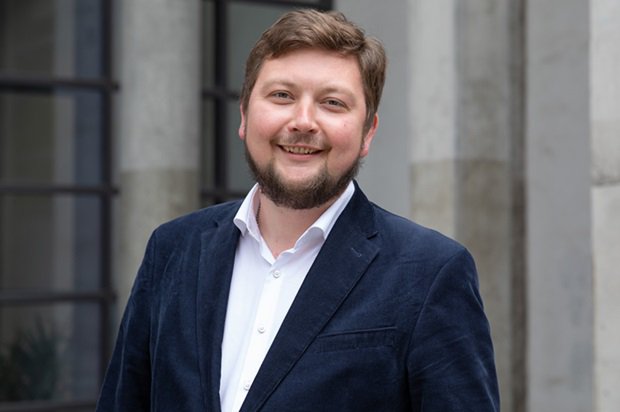Serhii Kolesnyk

Serhii Kolesnyk, SCAHT
Serhii Kolesnyk obtained MD degree with distinction in 2007 from Bogomolets National Medical University (Kyiv, Ukraine) and specialized in the field of public health and food safety. In 2018, he enrolled for a postgraduate master’s course in toxicology at Vienna Medical University. Serhii gained more than 15 years of work experience in the food and chemical safety fields in L.I. Medved's Research Center of Preventive Toxicology, Food and Chemical Safety, Ministry of Health (Kyiv, Ukraine), where he was involved in chemical risk assessment activities and the development of national and international legislation and standards in food and chemical safety fields. Serhii was involved in several international chemical safety projects implemented by EU and UN agencies. As a co-founder of the Ukrainian 3R center, he has been actively involved since 2018 in the development and implementation of alternatives to animal testing (in silico and in vitro) in Research Center resulting in the establishment of the Laboratory for Cell Technologies, Alternative and in vitro methods.
Serhii joined the Molecular and Systems Toxicology group in June 2022, to assess the toxicity of oligomers derived from food contact materials. Since July 2023 Serhii was involved in the PARC project into implementation of the research project in framework of the Partnership for Assessment Risk of Chemicals (PARC), dealing with application of artificial intelligence for chemical risk assessment implemented by Swiss Center for Applied Human Toxicology and supported by Federal Office of Public Health.
NextGen Basel 1
Bridging AI/ML Advancements with Risk Assessment Needs: A Journey Towards Effective Use and Regulatory Acceptance
Serhii Kolesnyk P1,2 Nicolas Roth 1,2 Angela Bearth 1,2 Martin F. Wilks 1,2 Ellen Fritsche1,2
1 - Swiss Centre for Applied Human Toxicology, University of Basel, Switzerland
2 - Department of Pharmaceutical Sciences, University of Basel, Switzerland
Toxicology, historically rooted in observational in vivo studies, is experiencing a paradigm shift towards mechanistic approaches embracing in vitro, in silico, advanced high-throughput and data-rich methods. While the rise of Artificial Intelligence (AI) and Machine Learning (ML) is reshaping numerous sectors, it is anticipated that toxicology and chemical risk assessment (CRA) will benefit from these developments. Within the context of the Partnership for the Assessment of Risks from Chemicals, the present study evaluates the alignment of AI/ML advancements with the risk assessors’ needs.
Building on structured interviews and a survey with risk assessors, we performed a high-level exploration of the current status and integration of AI/ML into CRA, driven by the need to understand the barriers and drivers that might prevent or facilitate the use of these methods in the daily workflow. While the regulatory landscape often mandates classical in vivo studies, it also sets conditions for the implementation of alternative methods in CRA. Within this context AI/ML approaches present significant potential. The technological landscape maps out the increasing suite of AI/ML tools either applied or applicable for evidence management within CRA; data generation spanning hazard identification, characterization, and exposure assessment; and decision support systems enhanced by AI/ML for refined risk evaluations. The advent of Large Language Models has unlocked the potential to convert unstructured information into structured data primed for AI-based tools. However, applying such tools within CRA presents challenges (e.g., algorithm transparency, data ethics, replicability, trust). and calls for a better understanding of the underlying drivers for the effective uptake of AI/ML methods.
In light of our study's findings, three critical paths emerge for successful AI/ML integration into CRA: Interpretability and Validity of Technologies; Organizational Readiness and Personnel Competence; and Legal Frameworks for Technology Application.